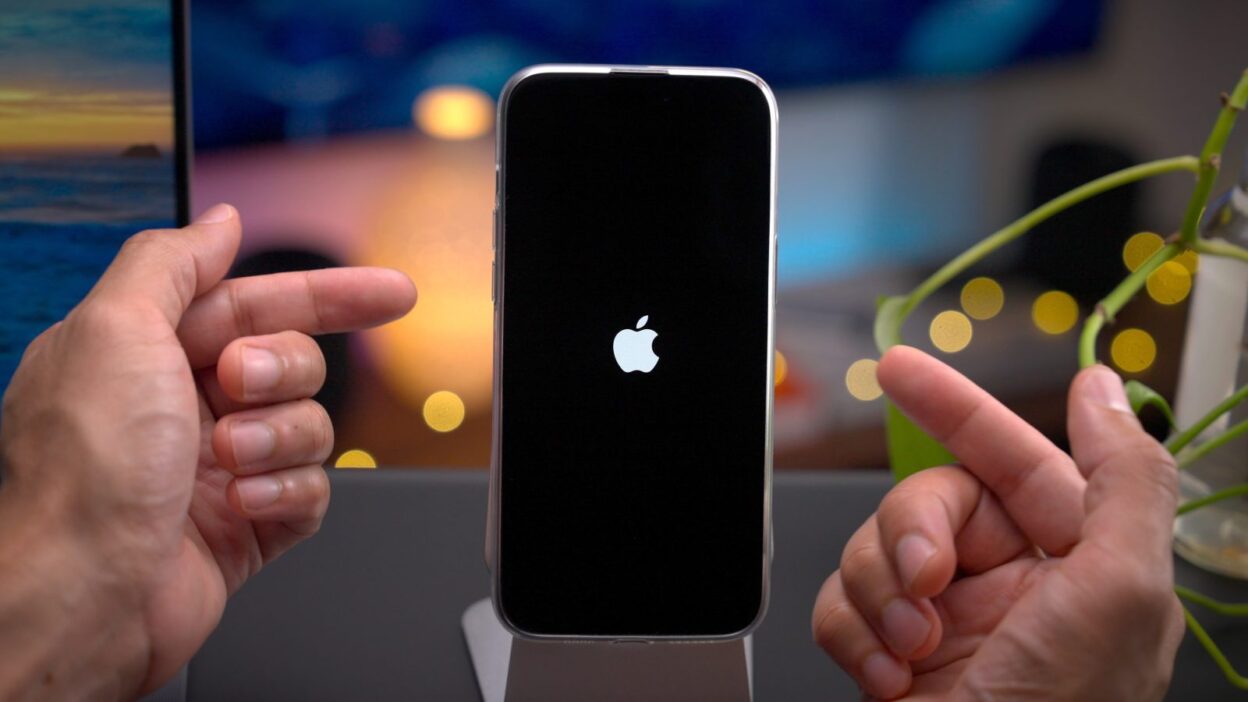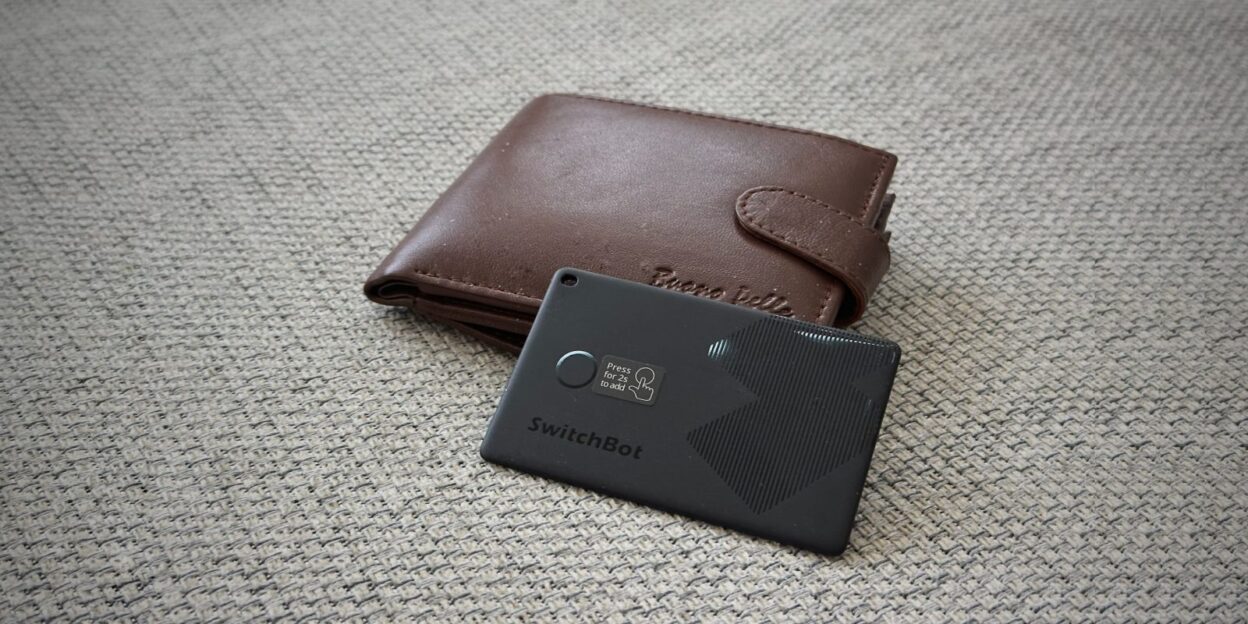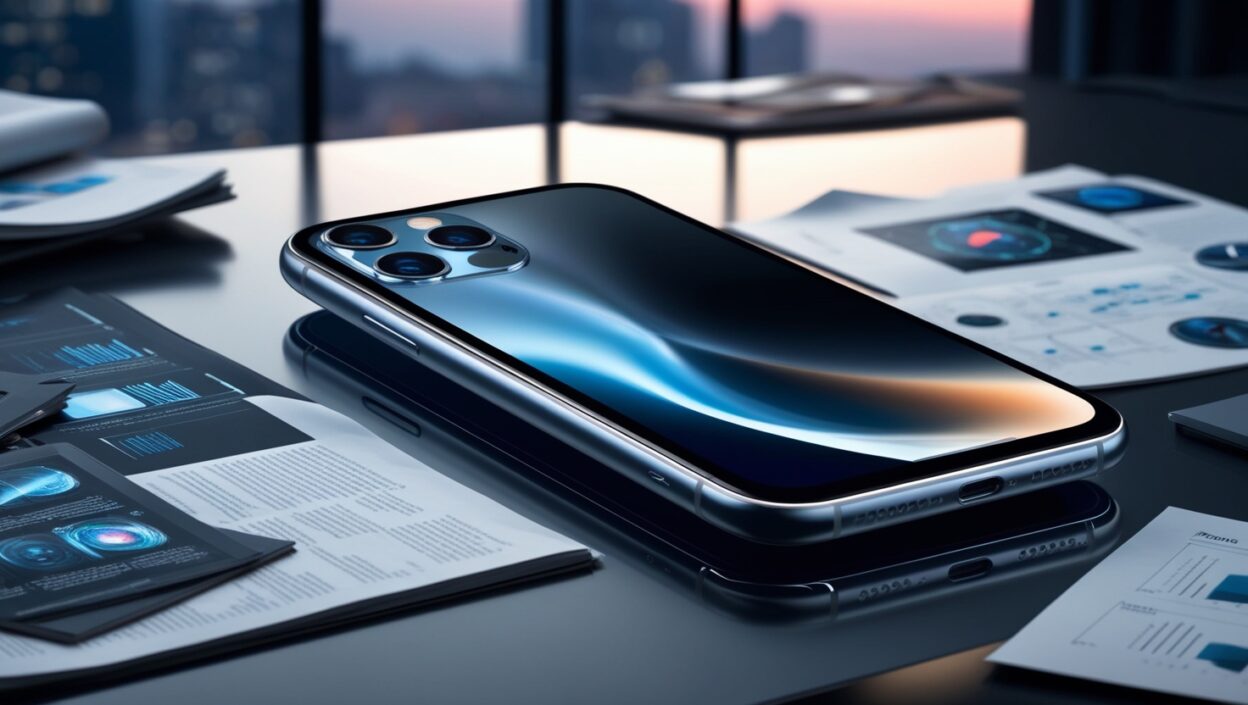## Unlocking the Mystery: Apple’s Silent Security Upgrade Bolsters iPhone Protection
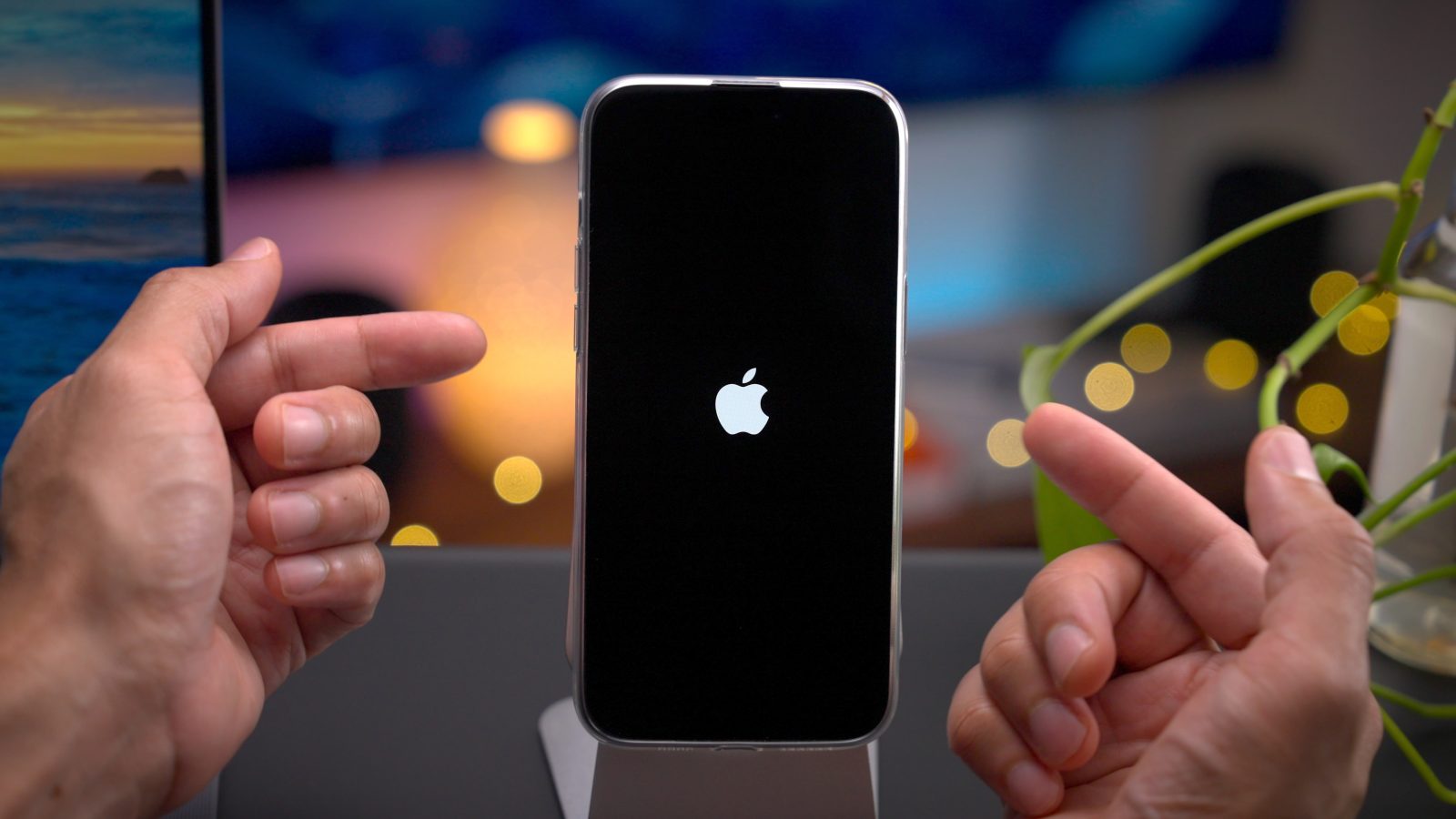
A recent investigation by *404 Media* brought to light a new iPhone security feature causing consternation among law enforcement: iPhones mysteriously rebooting, thwarting forensic data extraction attempts. Security expert Jiska Classen subsequently deciphered this mechanism, dubbed “Inactivity Reboot,” revealing its inner workings.
### Inside Inactivity Reboot: A Deep Dive into Apple’s Enhanced Security
Classen’s detailed blog post unveils how Apple stealthily integrated Inactivity Reboot into iOS 18.1, a feature absent from any official announcement. Analysis of iOS code confirms its presence, with iOS 18.2 beta suggesting ongoing refinements to its functionality.
Contrary to initial speculation, this security enhancement operates independently of wireless connectivity. Instead, it leverages the Secure Enclave Processor (SEP) to monitor the device’s unlock status. If the iPhone remains unlocked for more than 72 hours, the SEP triggers a kernel process that terminates Springboard (iOS’s core application) and initiates a system reboot.
Apple has implemented robust safeguards to prevent circumvention, as Classen’s research demonstrates. Should any interference prevent the kernel from rebooting, the system proactively triggers a kernel panic, forcing a crash and subsequent reboot. Furthermore, the system transmits diagnostic data to Apple when a device enters this “aks-inactivity” state.
### A Fortress Within a Fortress: The Secure Enclave’s Role
Because Inactivity Reboot resides within the SEP, isolated from the main iOS kernel, bypassing it presents a significant challenge, even for compromised kernels (e.g., via jailbreaking). The SEP’s proprietary nature and Apple’s tight control over its firmware contribute to the difficulty in understanding its intricacies.
Upon reboot, the iPhone enters Before First Unlock (BFU) mode, encrypting all onboard data until the user provides the correct passcode. Even Cellebrite, a leading cybersecurity firm specializing in locked iPhone data extraction, acknowledges the considerable difficulty in retrieving data from a device in BFU mode.
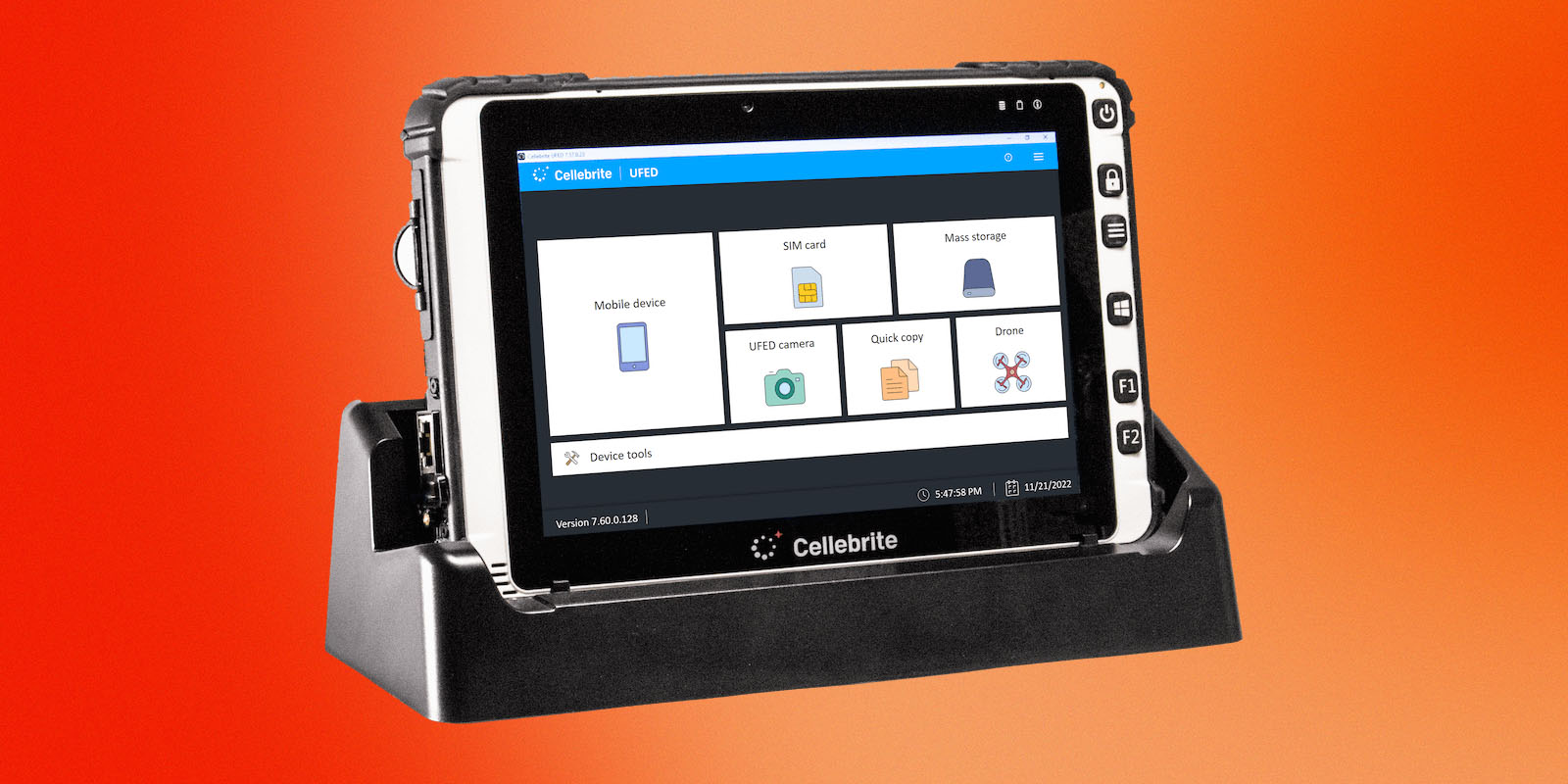
### The Implications of Inactivity Reboot: Enhanced Privacy for All
While Apple remains silent on the motivation behind Inactivity Reboot, the implications are evident. This feature appears aimed at countering forensic tools like Cellebrite and spyware like Pegasus, often employed by law enforcement. This enhanced security also benefits everyday users, protecting their data in cases of theft or loss. For more in-depth information on Classen’s reverse engineering of Inactivity Reboot, visit her blog.
FTC: We use income earning auto affiliate links. More.


